If you have been paddleboarding for a while you may be looking for something a bit more exhilarating to do on your paddle then just drift along and take in the views.
There are actually a few different activities you can do on your stand up paddleboard rather than just your standard recreational paddle.
These activities are as follows:
- SUPracing
- SUPtouring
- SUPyoga
- SUPsurfing
Now of course there are always more than just the few that instantly pop into your mind but in this article I want to cover the art of SUP Surfing.
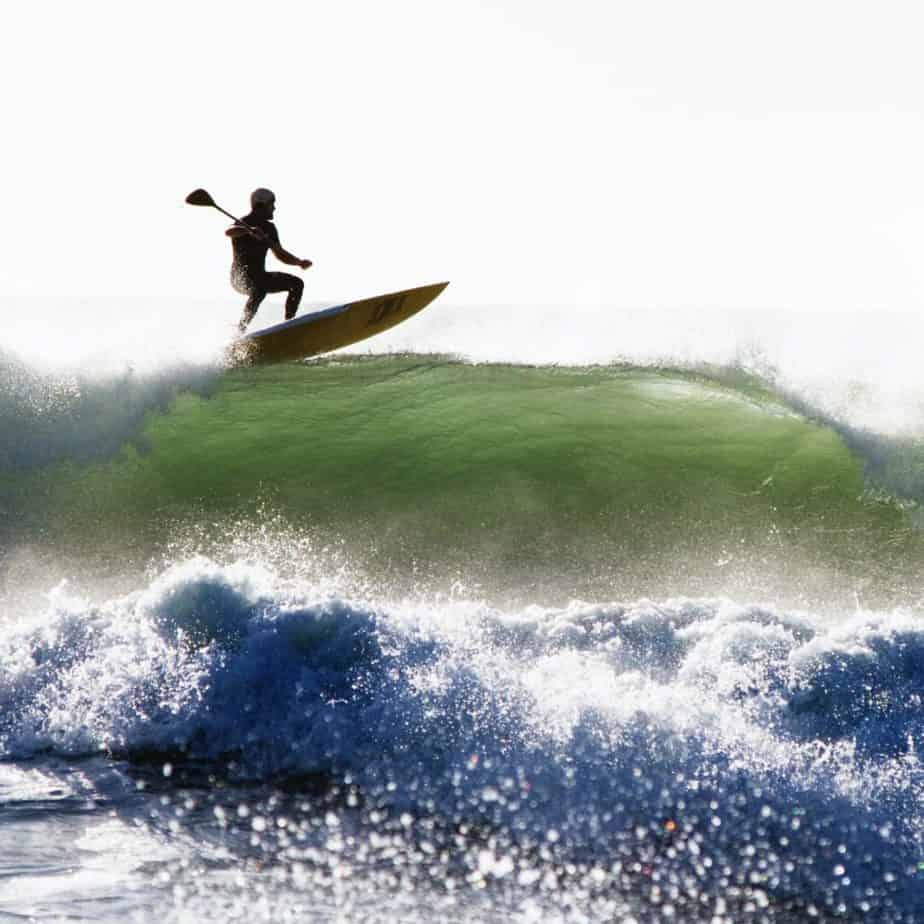
SUP surfing is a popular variation of paddleboarding as it appeals to all manners of people, from people who want to surf but live in an area with typically smaller swells, all the way to elderly people who love to surf but find jumping to their feet a big ask now.
In fact that is actually how modern day paddleboarding became a thing, Now that isn’t to say that this is how paddleboarding was invented because as far as we know that just isn’t true.
It is believed that there were similar things to paddleboards dating back over 3000 years ago.
In fact there is evidence to suggest that paddleboards were around in biblical times.
The history or paddleboarding and specifically how it is linked to surfing really is quite a fascinating story that I will be sure to cover in the future.
However bringing it back to SUP surfing you may be curious just how exactly you transition from recreationally cruising on a paddleboard to charging down waves.
Well the method is actually more simple than you think and with a bit of practice you will be a SUPsurf expert in no time.
To surf on a paddleboard you should begin paddling into the wave before it shapes up to break.
In the normal paddling stance propel yourself in front of the wave as it starts breaking, as the wave picks you up, jump side on and adopt a traditional surfing stance to ride the wave in.
You can use your body weight as well as the paddle to help turn you on the wave.
So that is how you paddle into a wave and actually ride a wave but you may be wondering how you paddle out in the first place without getting pounded on the inside, or maybe how to know how far out you need to be to catch the waves?
There are still lots of questions to ask and just as many answers for me to provide so let’s get into the bulk of the article.
How To Paddle Out Past The Breaking Waves On a Paddleboard
So before we can even think about SUPsurfing we first need to get out past the breaking waves and also past the lineup.
Obviously we don’t just want to jump straight to our feet and begin paddling from the shoreline, if we did we would most likely find ourselves wiped out by the first wave we encountered as we reached the inside.
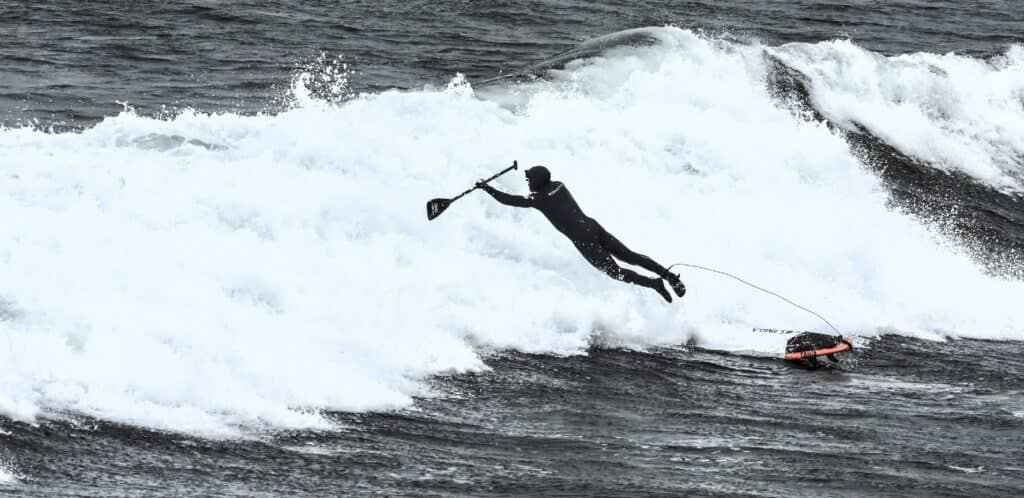
For those who don’t yet know the surf terminology, the inside is the area in which all the waves break.
Trying to paddle through the inside is a challenge even on a surfboard so imagine trying to do it while standing up on a wobbly paddleboard.
So if we can’t stand up and paddle through it just how do we get out back with our board and paddle still intact?
Well there are actually a couple of different options, we can either find a safe channel to paddle out where the waves aren’t breaking or if this isn’t an option we unfortunately have to take the hard way out.
Getting Through the Inside On a Paddleboard
The hard way being wading out to the inside with our board and paddle in hand, pushing our way through the white water and breaking waves and waiting for a gap in the sets to paddle the rest of the way out.
After pushing your way out so far that you are beyond the inside,the only waves that will catch you out will be the set waves as they are larger and therefore generally break further out.
Fortunately set waves are fairly easy to spot on the horizon as they appear considerably bigger than the waves in front of them.
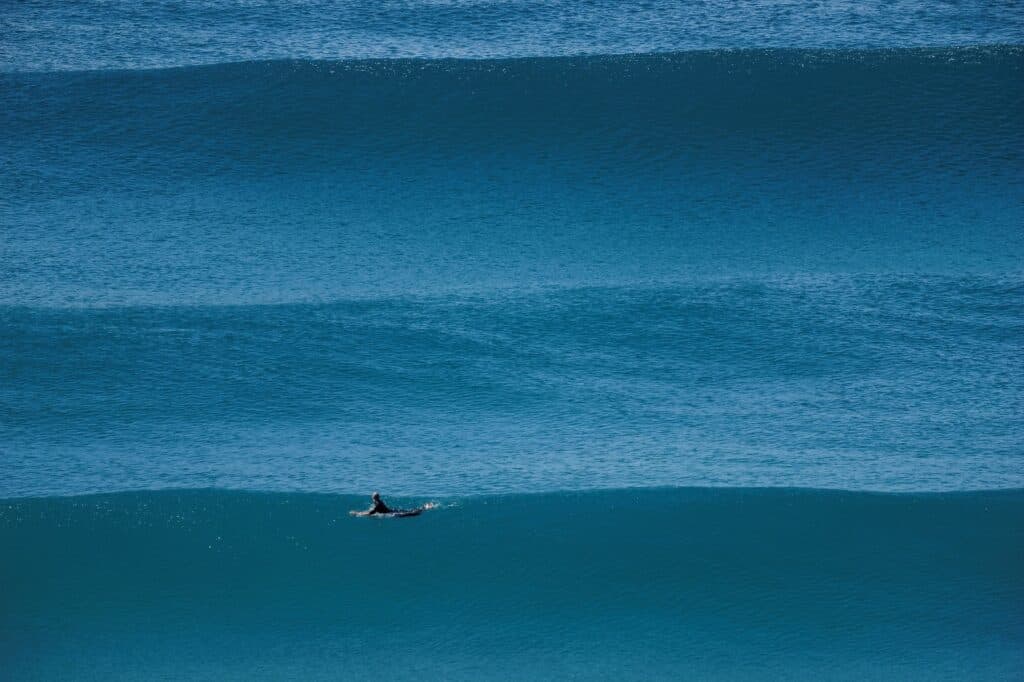
If when you are wading out, you spot a set coming. I would suggest stopping and waiting out the set before going any deeper and getting tossed around on the inside.
Once the set has passed simply push through the inside and hop on the board for the smooth paddle out back.
Now you may be curious about the safe channels that you can paddle out in, that I mentioned earlier.
Finding Safe Channels To Paddle Out Back On a Paddleboard
Well there are actually a couple of different situations/ circumstances where waves tend to break much less frequently in certain spots/ channels which we can use to paddle out relatively unscathed.
The first and most common one is paddling out next to a pier or similar structure.
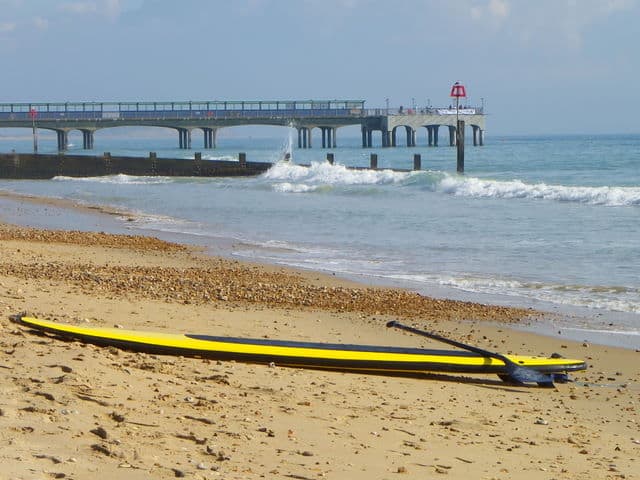
Now it may seem counterintuitive or maybe even unsafe to paddle out next to a pier however due to the pier columns extending into the sea bed often sand bars will form differently around the pier than the otherwise would.
The pier also helps to disperse the power or the wave making it much less likely to break, we can use this to our advantage and hug along the pier to get out back with relative ease.
One thing to note before attempting this though is be sure to know if there are any drifts and if so which way the drift is going.
The last thing you want is to get caught in a drift and be dragged under the pier.
The next channel we can use to safely paddle out is one that is often created by the beauty of the ocean.
It is quite common for there to be a deep channel of water running from the shoreline back out to sea.
Often when the waves break up the beach and begin to roll back to sea the excess water is often dragged back out to sea through a deep channel of water located to the side of the breaking waves.
If we can locate this channel we can not only get an assisted paddle out as the water is rushing back out to sea, but we can also be sure that no waves will break on us as the sand bar is often too deep to force the wave to break.
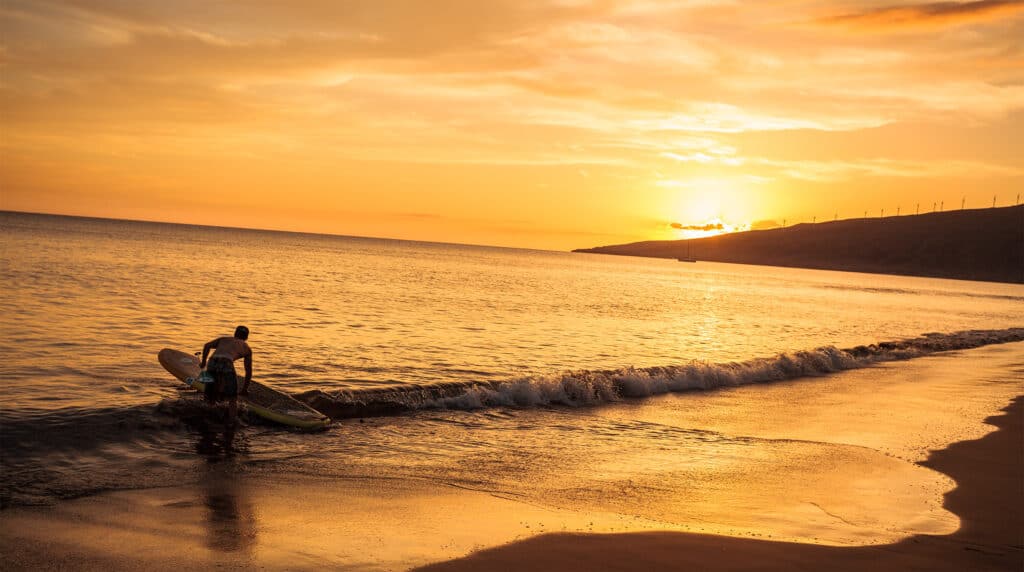
Out of the two methods the deep channel of water is certainly the preferred method but I would suggest you do some research first on local currents etc.. This is just to ensure there aren’t any tricky or dangerous undercurrents that might catch you off guard.
How To Know How Far To Paddle Out?
If you remember from the above, I stated that we want to ensure we paddle out past the lineup.
Now you may be thinking why would I want to go out past the lineup, surely the lineup is where the waves are breaking?
If everyone else is sitting there it must be good surely?
If you thought this then you would actually be right, that is where the waves are likely breaking and therefore it is a good spot to sit, or at least it would be if you plan on surfing or bodyboarding.
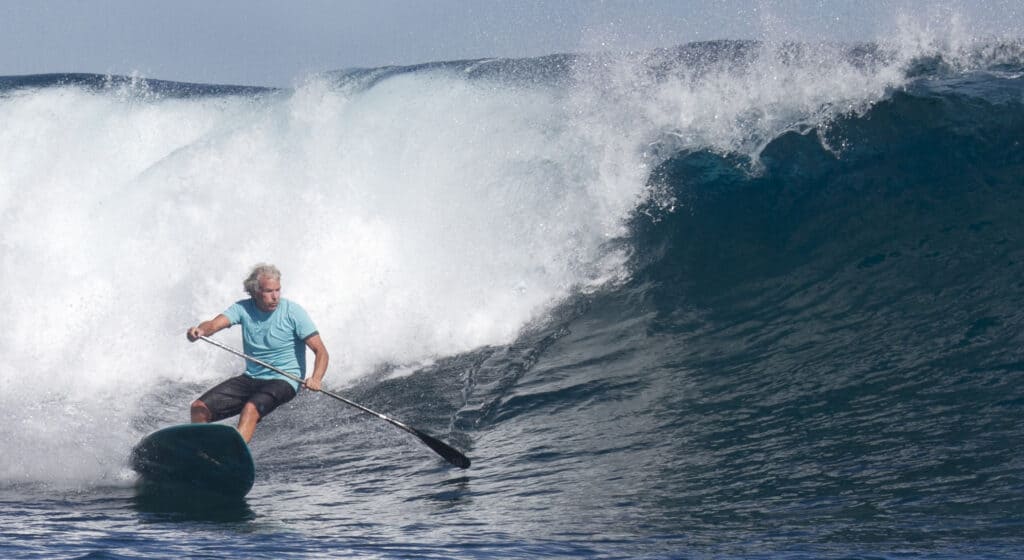
Paddleboarding is a slightly different beast though.
With paddleboarding we are on a much larger board that normally this means it’s a lot less maneuverable.
Unlike traditional surfing where you want to take off right where the wave is breaking, in paddleboarding we actually want to already be on the wave before it starts breaking, this means we don’t have to take any hollow drops or steep faces as the wave begins to peel over.
Paddleboards have the added advantage of much greater volume when compared against traditional surfboards.
This added volume means we can stay on top of the water and pick up much greater momentum allowing us to catch the wave earlier.
So now we know we actually want to get on the wave before it breaks and use our generated momentum to ride the wave in until it breaks we can start planning how far out we need to be.
Now how far out you go will depend on a few different factors.
The first factor being how quickly can you paddle and how long does it take you to generate momentum.
If it takes you a while to pick up speed you will need to start paddling much earlier and paddle for a further distance to ensure you have enough momentum to be picked up by the wave.
This method does, however, mean you may paddle for waves that look promising at first but dwindle out before breaking.
If you can generate momentum quickly you can afford a shorter paddle which makes wave selection much more effective.
The second factor that would affect how far out you would want to sit would depend on the conditions of the swell.
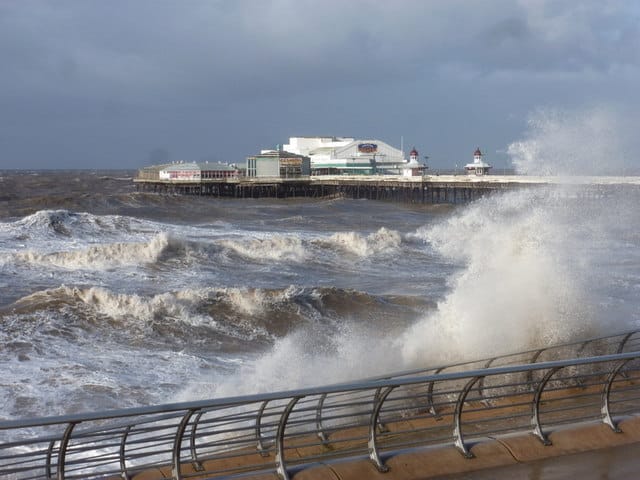
If you were SUPsurfing clean conditions with a long fetch time you could afford to sit further out and start your paddling early, however, if you were in messy choppy conditions you often don’t have the luxury of spotting waves a mile off and getting into the perfect place to catch the wave, you often have to sit closer to the lineup and take whatever comes your way.
If you need a general rule of thumb to set up from I would suggest figuring out where the waves are most commonly breaking from and taking 4 or 5 large strokes out to sea.
Paddling Technique to Catch a Wave SUP Surfing
When paddling recreationally or even SUPtouring you will often use long, slow but powerful strokes to keep a consistent steady speed, when SUP surfing though you often will go from near a dead stop to full speed, to achieve this we will need to switch the paddling technique slightly.
In order to get up to speed quickly in order to catch a wave you will want to use quick, short strokes to build momentum before using a last couple of longer more powerful strokes to give you that final push to get down and in front of the wave ready to surf.
The technique may feel odd at first and it may even feel quite challenging as this type of paddling does cause the board to rock around a bit more.
Add this additional rocking to the already bobby sea and you may find yourself falling off a lot the first few times you try this.
My advice would be to practice a little bit when out on your recreational paddles so the concept is not so foreign when you are finally charging down the face of the waves at your local break.
Do You Need A different Paddleboard To SUPsurf?
The short answer to this question is no not really.
I mean it does depend how seriously you want to take SUPsurfing as to whether you should consider buying a purpose designed SUPsurf board.
Think of it like this, people might ask ‘do I need running shoes to run?’ well the short answer is no, you can run in any shoes or even in no shoes.
If you were asked ‘do I need running shoes to run a marathon?’ then the answer would most likely be yes as this is a much more serious event and having the correct gear will no doubt make the journey easier.
If you can see yourself diving headfirst into SUPsurfing then my recommendation would be to invest in a SUPsurf board as well as a good paddle and appropriate leash.
If you are more likely to dabble in SUPsurfing but never take it too seriously then opt for an all rounder paddle board and deal with the restricted maneuverability when surfing.
Which SUPSurf Board Should I get
There are a million and one factors when it comes to which SUP surf board you should get, for example what length board do you like, what sort of swell do you often ride, do you want inflatable or solid.
All of these different factors would drastically alter my opinion.
Personally I am a huge fan of inflatable paddle boards, they can be packed away and placed in a corner in your house without you ever noticing them, they are easy to transport, lightweight to carry and just generally convenient.
This is why my pick for the best SUP Surf Board is as follows:
The best SUPsurf board you can buy is the Red Paddle Co 8’10” Whip, this is an inflatable paddle board that is designed for advanced Stand up Paddleboard surfers.
The Whip features a large rounded nose to help you paddle through whitewater on the way out, as well as lots of volume under foot for nose riding when on the wave. The board also features a FCS performance fin for maximum maneuverability.
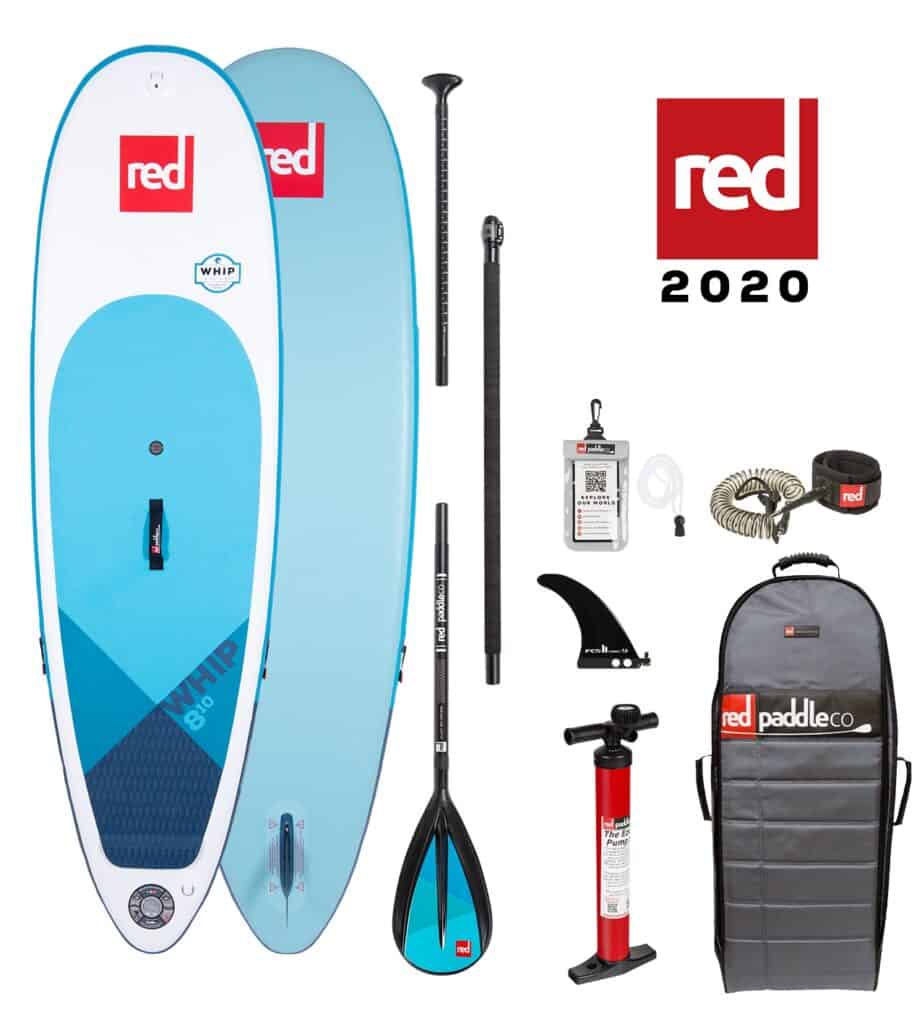
If you are someone who really doesn’t gel with the idea of SUPsurfing or even owning an inflatable board then I would recommend looking at something like below.
The best solid SUP surf board you can get currently is the Fanatic Stylemaster 10’. Fanatic has a well established foothold in the watersports industry and is renowned for making high quality boards.
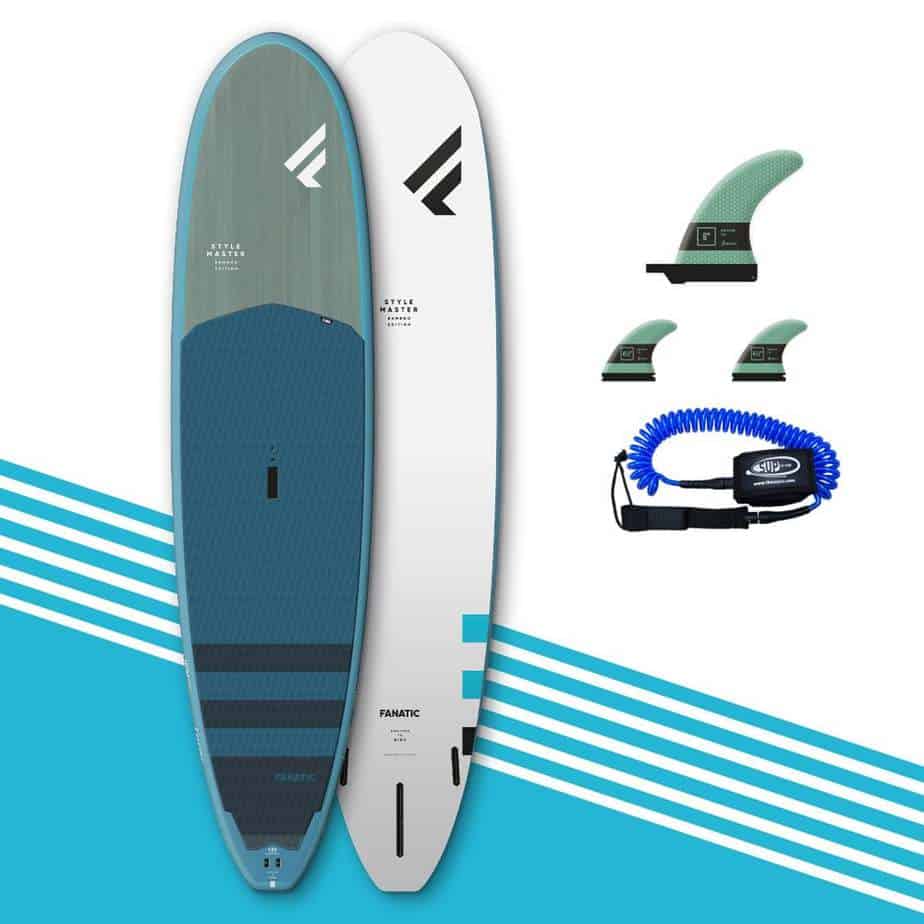
The board is constructed using an EPS Core covered by various layers of glass with a bamboo veneer at the top of the board which is clearly visible through the tent at the top of the board.
With reinforced glass rails this board not only performs great but also looks fantastic.
Now these certainly aren’t the only two SUP surf boards available and I would highly encourage you to do your research before reaching for your credit card. If however you are happy with my selections you can click on the images above to be taken over to a purchasing website.
What Paddle Should You Use For SUP Surfing
If I was writing this article a couple of years ago I would have strongly urged for the best performance, you should look at a fixed solid paddle made of carbon as these are generally lighter, stronger and more reliable.
However Red Paddle Co. again are leading the charge in innovation and have come up with a 3 piece paddle that rivals even the sturdiest of fixed construction paddles.
The best paddle for SUP surfing is the Red Paddle Co. Ultimate Carbon SUP paddle. It is a three piece construction making it convenient to take apart and transport whilst still offering the performance of a rigid solid paddle.
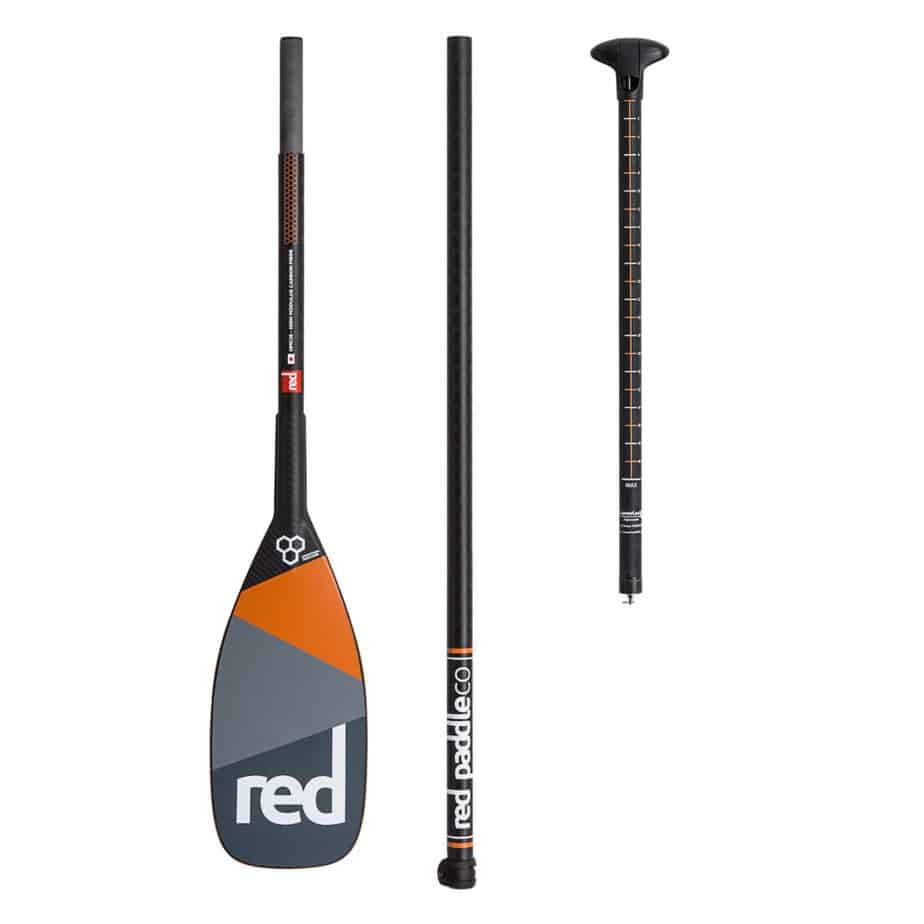
For the full writeup you can click here to head on over to Red Paddle Co. website and product description
What Leash Should You use When SUP Surfing
The last component to SUP Surfing is choosing the correct leash for the task.
The leash you choose is more important in SUP surfing than it is in other variations of paddleboarding as this can not impact your safety but also other people’s safety.
When SUP Surfing you are going to want to use straight leash as opposed to a coiled leash, the main reason for this is because the straight leash doesn’t have as much elasticity and therefore it is much easier and quicker to pull the board back towards yourself.
There is good a number of reasons as to why this is a benefit, the first reason is the safety of the others in the water, if you are on a wave and spot someone in the lineup in front of you, you may need to bail off the wave and get hold of the board quickly to ensure you don’t use your board as bowling bowl trying to knock down pins.
The second reason is for your safety and convenience, if you are catching a wave and ride it all the way to the inside you may want to get your board back quickly and get on your way before you get caught by the next set of waves.
The straight leash allows you to kick the board back to yourself much easier and with much more force to save you or others around you.
How To Choose The Correct Leash
When it comes to choosing a leash to suit your SUP Surf board there really isn’t much to consider, there are of course more respected brands that carry higher price tags but ultimately you should be okay with any respectable brand.
There are, however, a few things you need to know before purchasing a Leash.
Firstly you want to ensure the leash you choose is as long as the board you ride. The reason for this is because if you are surfing a wave and want to nose ride, if your leash is too short you will get halfway down the board and find you can’t step any further.
The second thing you need to decide is do you want a Knee leash or an ankle leash.
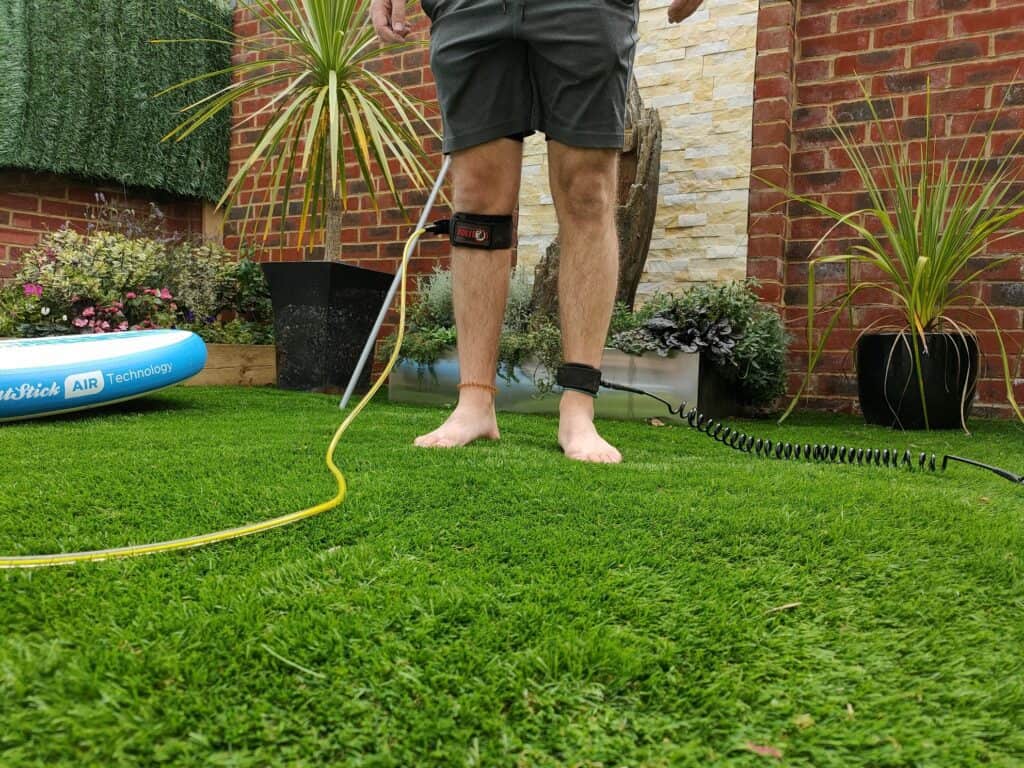
Generally speaking when SUP Surfing I would opt for an ankle leash as they offer the best kick back potential. What I mean by this, is if you fall off you can kick your leg back to draw your board back towards you.
Ankle leashes also tend to be more comfortable than Knee leashes.
The downside to ankle leashes is they offer more drag in the water and are more prone to tangling.
Apart from these key factors you can really opt for whichever leash takes your fancy.
